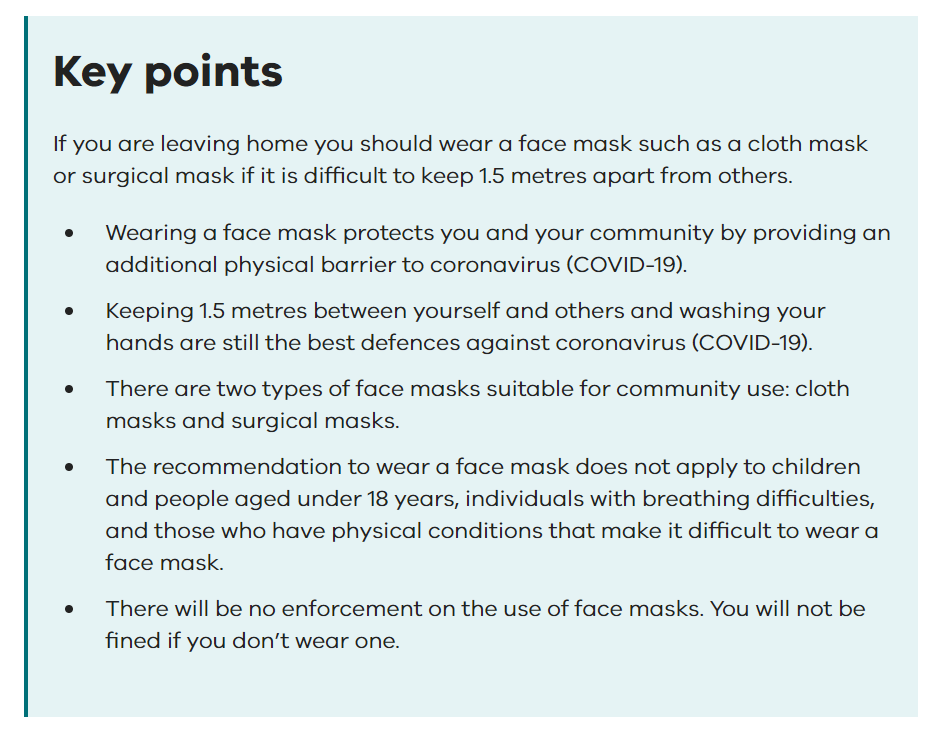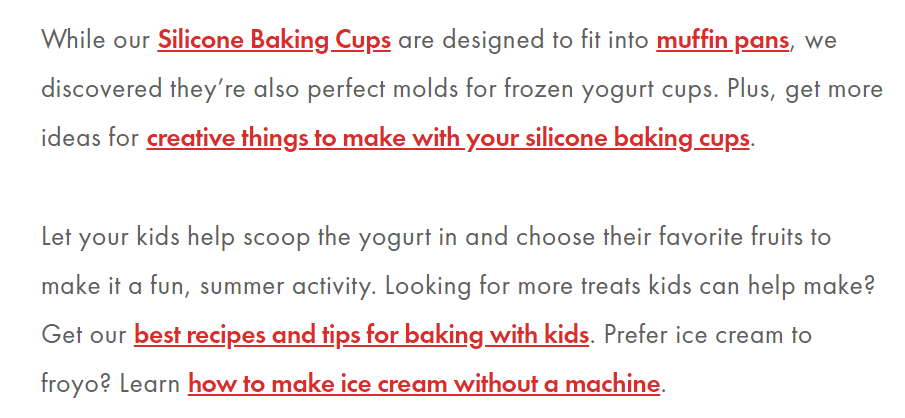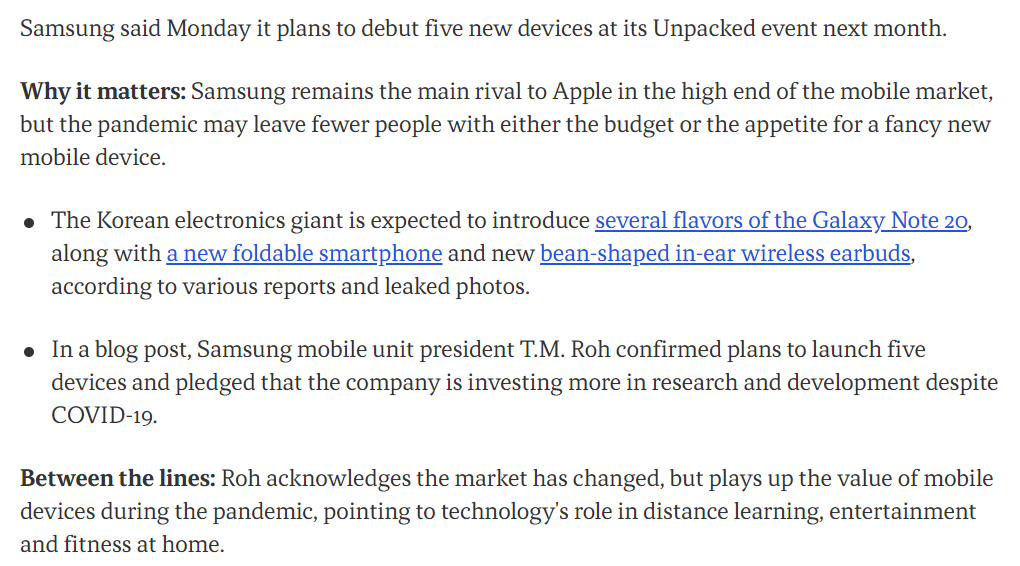Accessible content is an integral part of web accessibility. Below are three techniques that anyone can use to make their content more accessible and inclusive to people with disabilities.
Provide a summary of the key points at the top of longer informational articles
Having to scroll long pages and clicking can be frustrating for some people with physical and motor disabilities. Providing a summary of the key points in longer articles may save some of these users from having to scroll down the page to get the information they are looking for.

Use clear and meaningful links
Most screen readers have an option to bring up a list of links on a web page, or be able to skip through links using a gesture or the tab key. For people using a screen reader, links need to clearly describe their target and be understood out of context. Avoid using link text such as "learn more", "here", or "click here", and url's as links text. If the link targets a downloadable file such as a document, include the file format and size as part of the link. The first few words in a link are important, so start with the most meaningful words first.

Break up content into smaller pieces using "chunking"
Some people with cognitive and learning disabilities do not have a strong working memory. To help with this, we can use a technique called chunking to break content up into smaller pieces so that it is easier to comprehend and memorise. Some simple ways to chunk content are to use lists, paragraphs, and headings.

Want to learn more about accessible communications? Sign up to our newsletter for the latest news and training dates.










